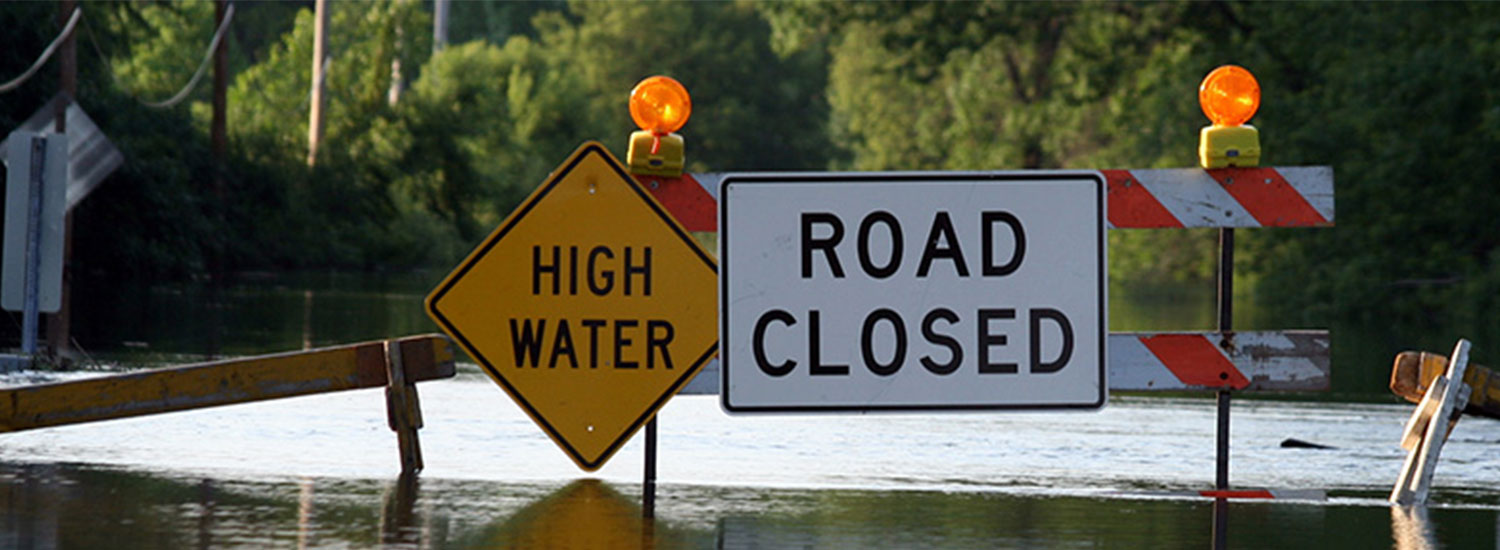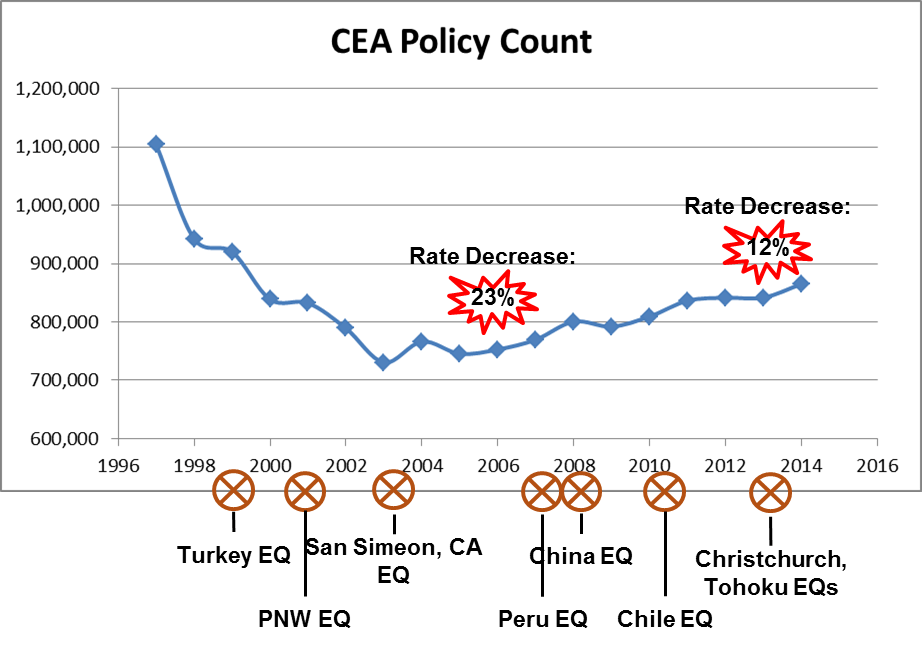
Moderate earthquakes have occurred in the high Sierra, the foothills and in the Central Valley.The mountains and the valley have been shaped by repeated earthquakes on faults in the region. The Delta region and the Sierra Nevada are known for their natural scenery and historic landmarks, but like the rest of the state, this is earthquake country.Learn more about if a seismic retrofit worth it in San Franciscoĭelta, Sierra and Greater Sacramento AreasĬounties: Alpine, Amador, Calaveras, Colusa, El Dorado, Nevada, Placer, Sacramento, San Joaquin, Stanislaus, Sutter, Tuolumne, Yolo, Yuba.And there’s a 98% chance of one or more magnitude-6.0 or greater quakes hitting the Bay Area in that same timeframe. Scientists predict that within a 30-year period (beginning in 2014), there’s a 51 percent chance that the San Francisco region specifically will experience one or more magnitude-7.0 or greater earthquakes.These and several other major faults in the region are part of the San Andreas fault system and can cause damaging earthquakes, like the 1989 Loma Prieta earthquake. The Calaveras and Hayward faults extend up the east side of the San Francisco Bay.The main trace of the San Andreas fault runs through much of the State of California, including the Santa Cruz Mountains, up the San Francisco Peninsula, and along the Marin and Sonoma County coasts.The greater San Francisco Bay Area has a high likelihood of future damaging earthquakes as it straddles the San Andreas fault system-the major geologic boundary between the North American and Pacific tectonic plates.What is the Earthquake Risk in San Francisco Even moderate shaking can damage seismically-vulnerable structures and trigger landslides that could quickly block roads and highways.Ĭounties: Alameda, Contra Costa, Marin, Napa, San Francisco, San Mateo, Santa Clara, Solano, Sonoma Very large earthquakes that occur closer to the Northern California coast could cause damaging levels of ground shaking here too.Much of the north-eastern part of the state is actively stretching apart, creating numerous faults, all capable of producing earthquakes.The Modoc Plateau has both active volcanoes and faults.In addition to volcanoes, this is also earthquake country. The Trinity Mountains, Modoc Plateau, Shasta and Lassen peaks were created by geologic forces that are still shaping the landscape.

*The 76% probability of one or more magnitude 7.0 earthquakes striking Northern California is based on a 30-year period, beginning in 2014.Ĭounties: Butte, Glenn, Lassen, Modoc, Plumas, Shasta, Sierra, Siskiyou, Tehama, Trinity

See the USGS interactive fault map to learn more about faults in this area

Landslides are possible on steep hillsides. Houses on liquefied soil may settle or even move laterally on gentle slopes.


 0 kommentar(er)
0 kommentar(er)
